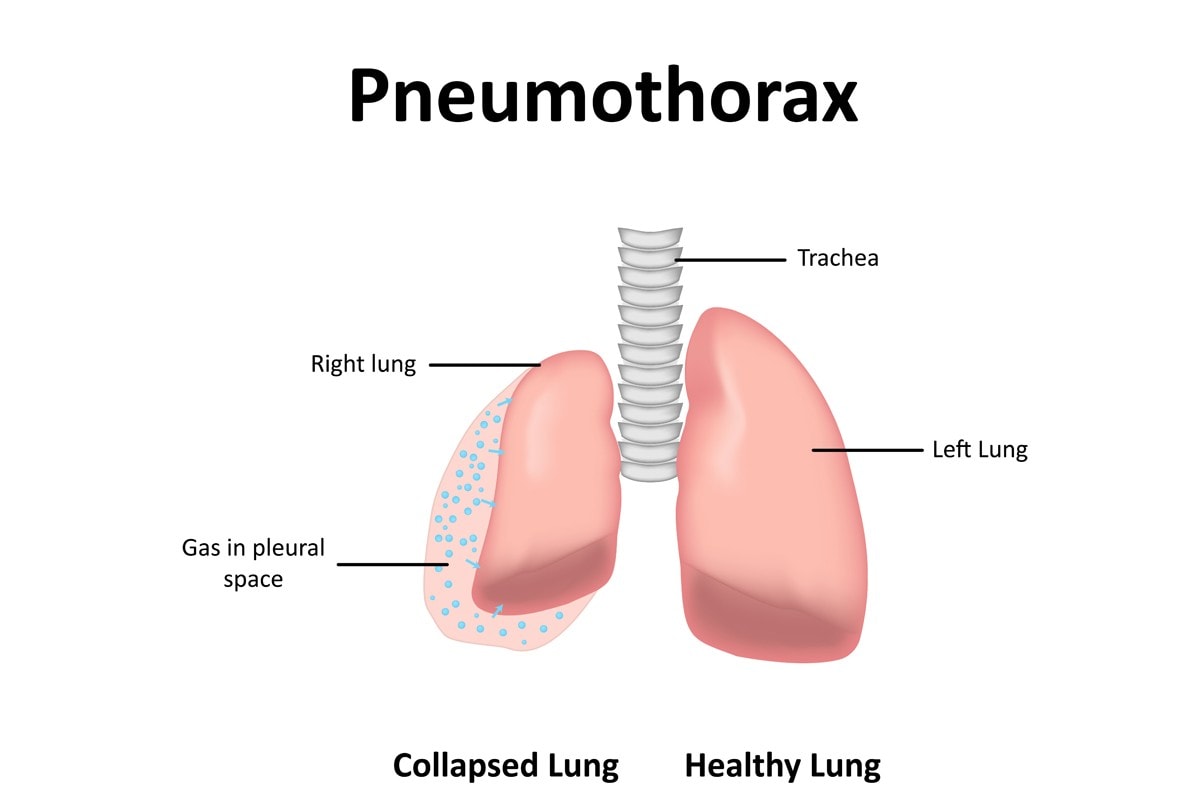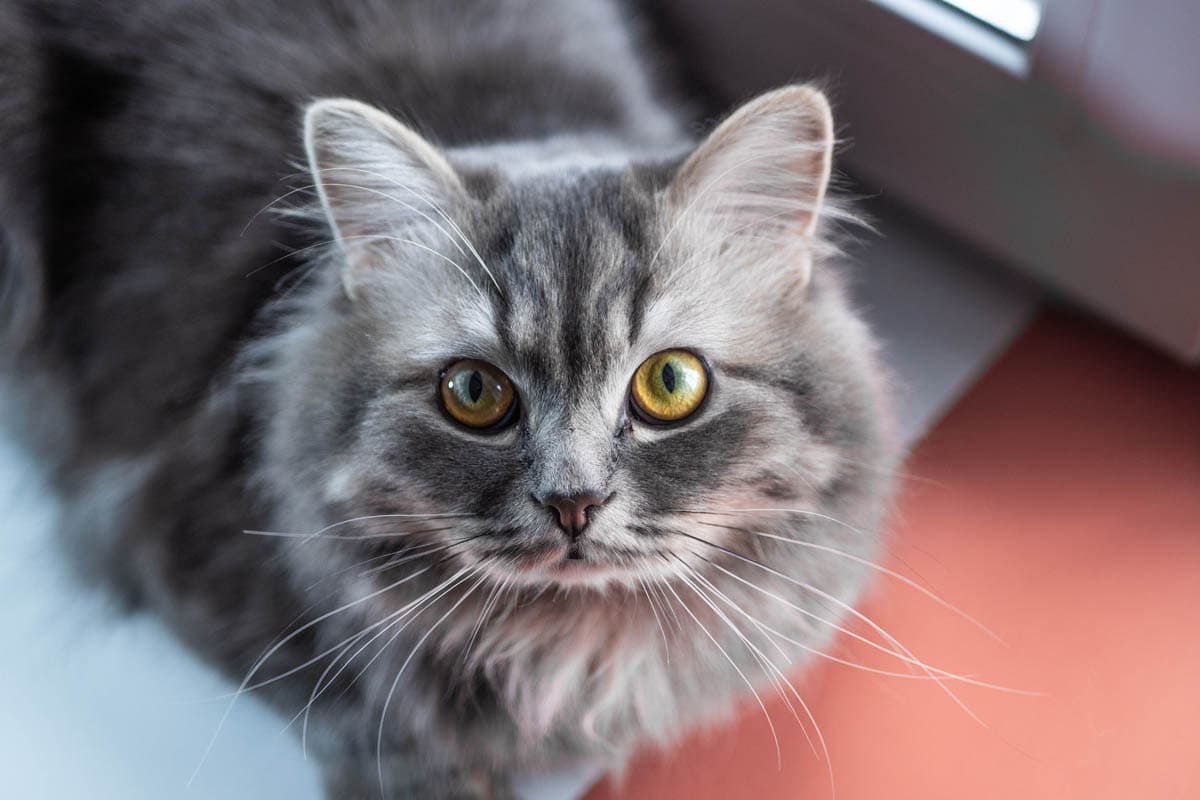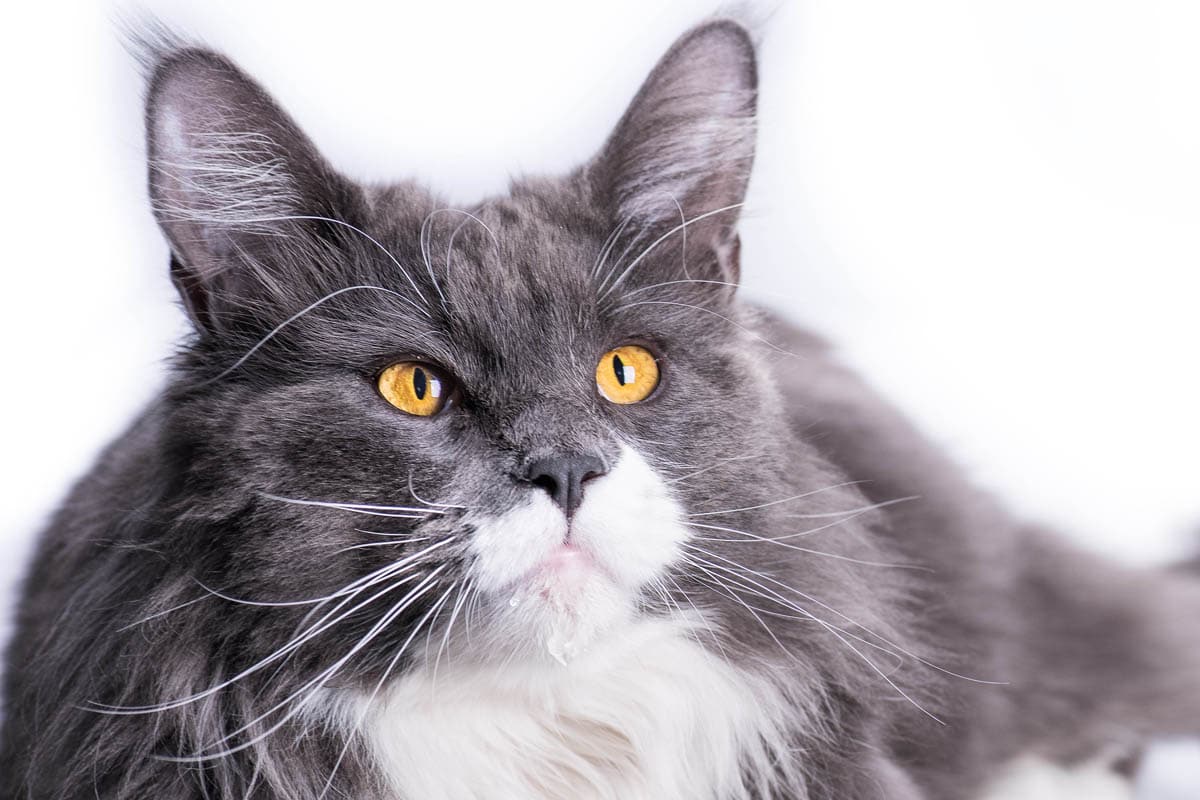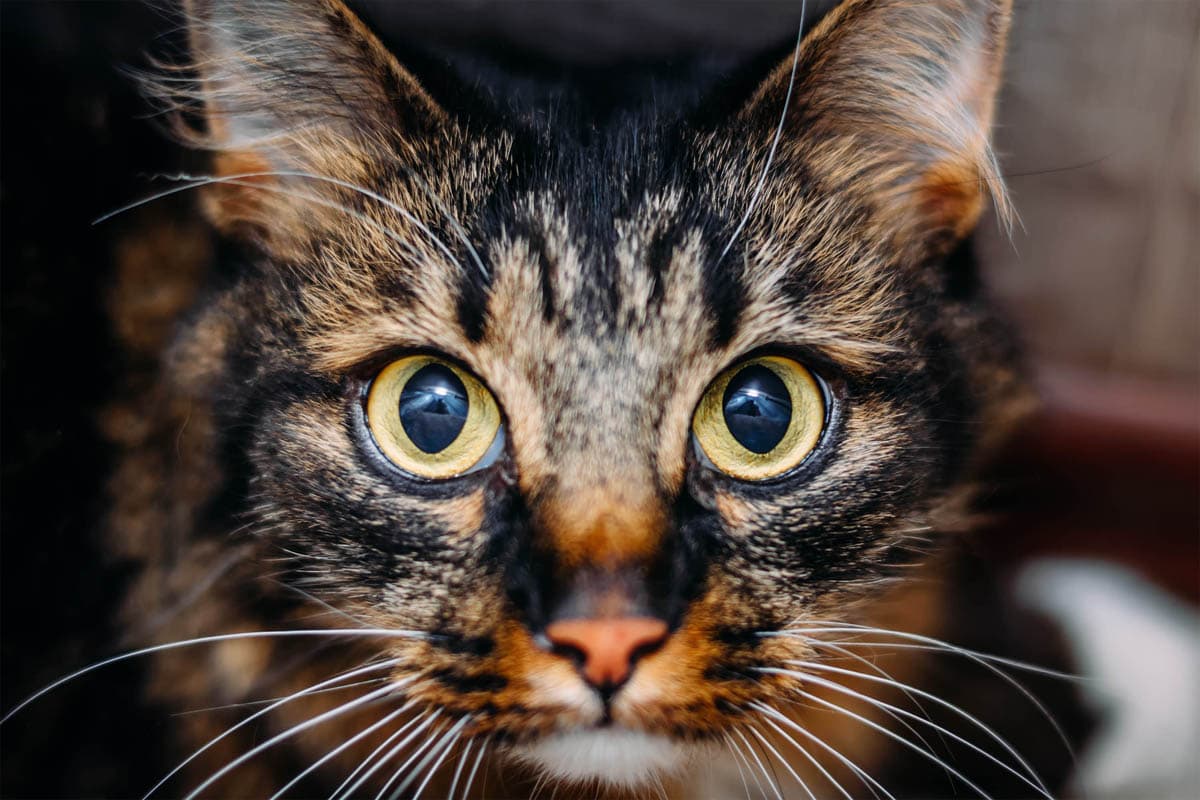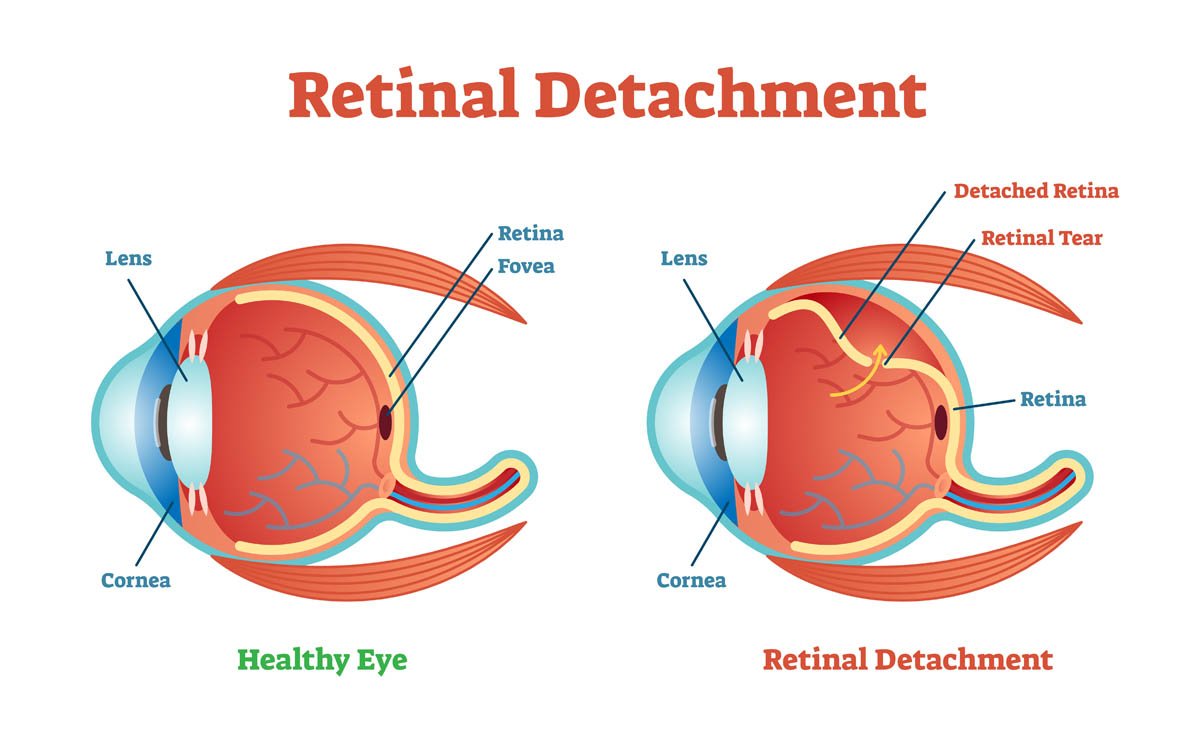What is pneumothorax?
Pneumothorax (new-mo-thorax) is an abnormal accumulation of air in the pleural cavity which is between the lungs and the chest wall. Usually, there is a small amount of serous fluid in the pleural space which acts as a lubricant during breathing. Air entering the pleural space means there is less room for the lungs to expand when the cat inhales and causes the lung(s) to collapse (which is why the term collapsed lung is often used when describing pneumothorax).
